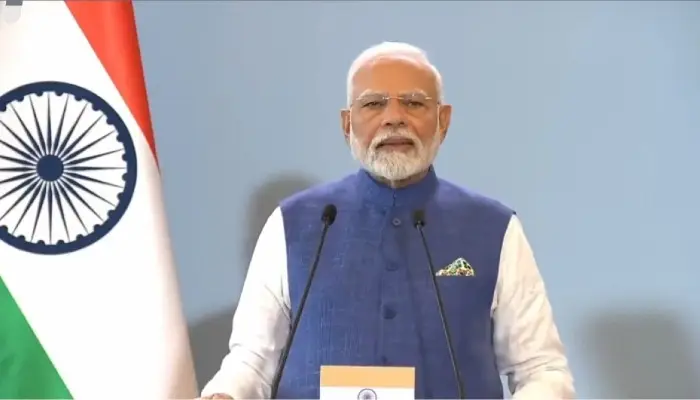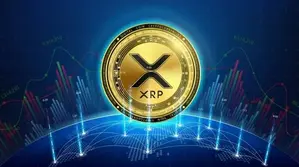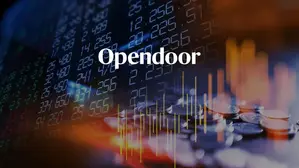Prime Minister Narendra Modi’s attendance at the upcoming BRICS summit in Rio de Janeiro next month is causing significant concern in Washington right now. The Trump administration views this development with alarm, particularly as BRICS currency discussions and de-dollarization efforts threaten US financial dominance. India-US tensions are escalating over New Delhi’s participation, and officials are warning that such moves could reshape BRICS trade relationships and also challenge G-7 authority in global economic affairs.
Also Read: Morgan Stanley Predicts US Dollar Drop to Pandemic Lows
India’s BRICS Push Sparks US Alarm Over De-Dollarization, Ties

Trump Administration Views Modi’s BRICS Participation as Direct Challenge
US Commerce Secretary Howard Lutnick made clear American displeasure at the USISPF industry forum on Tuesday, and he revealed that Modi’s BRICS summit participation has created friction between the allies. At the time of writing, Washington is closely monitoring these developments.
Lutnick stated:
“[BRICS countries] are saying, ‘Let’s move to not support the dollar, and dollar hegemony…’ That is not the way to win friends and influence people in America.”
The Commerce Secretary also revealed broader concerns about India’s strategic choices, noting that apart from buying military hardware from Russia, India had “rubbed the US the wrong way” by being part of BRICS. Washington-based think-tanks are billing the meeting as the “Rio Reset,” and they’re suggesting it will challenge Western economies directly.
BRICS-11 Economic Power Challenges Western Authority
BRICS-11 now represents half the world’s population and commands 39% of global GDP, while the G-7 accounts for about 30% of world GDP. This shift reflects changing global economic dynamics that are being closely monitored as Modi prepares for the BRICS summit.
Brazil’s presidency has outlined ambitious plans for currency alternatives and also institutional reform. The concept note spotlights developing initiatives like the New Development Bank and discusses reforming the International Monetary Fund and World Trade Organisation to increase developing country representation.
However, External Affairs Minister S. Jaishankar clarified India’s position in March, stating there was no “unified BRICS position” on BRICS currency alternatives and that India had no policy of trying to replace the dollar. This measured approach reflects India’s complex diplomatic balancing act right now.
Strategic Timing Adds Pressure to India-US Relations
The timing of Modi’s BRICS summit creates additional diplomatic complexity for India-US tensions, as Jaishankar is expected to travel to Washington just before the July gathering. He will attend the Quad Foreign Ministers’ meeting hosted by US Secretary of State Marco Rubio on July 1.
Also Read: 9 Countries Push CBDCs To End Fiat Currencies
Both countries are eager to reach their bilateral trade agreement and make an announcement by the seventh of July, before the tariffs take effect. Since the deadline is approaching, there is more urgency to settle present friction about BRICS trade and de-dollarization.
Many will care to see if Modi meets President Xi Jinping at the summit, especially because of China’s support to Pakistan during Operation Sindoor. Any declaration by the economic grouping on cross-border terrorism will be important for India’s safety.
Even as it experiences pressure from its traditional partners on currency moves and de-dollarization, India is showing more confidence in following its own path in foreign affairs at the upcoming summit.






